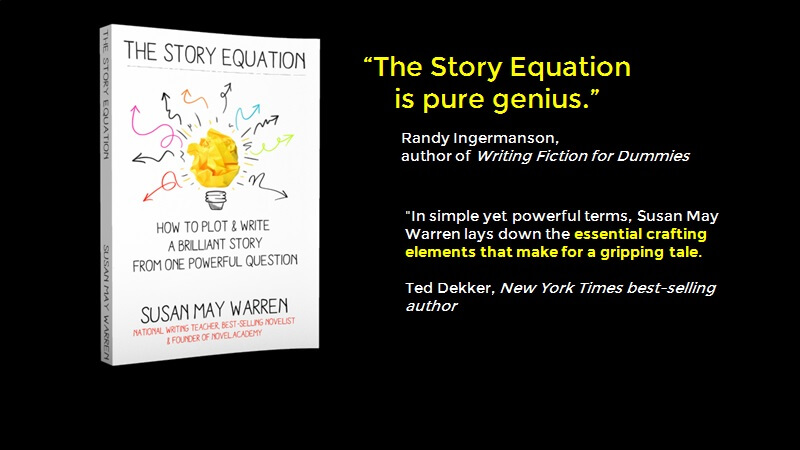More than a Stage—Use Your Setting to Illumine Your Story
by Sarah Sundin
“The British are coming! The British are coming!” (Or “The regulars are coming!” for my historian friends.) When you hear those words, what do you picture? Boston, Paul Revere, the brink of the Revolutionary War in 1775. How can those elements be used in a novel set in 1941?
Plot, characters, and setting work together to create novels that come alive. Most of us writers love plot and characters, and the setting is merely a stage they perform on. But setting can be so much more—it can create mood, echo external conflict, and highlight internal growth.
Choosing Your Setting
The initial choice of setting is usually driven by that story spark. We already know it’s set on the prairie in the 1880s or an English manor in 1815 or a modern-day big city. My Waves of Freedom series required an East Coast city that had a large naval base and a naval shipyard during World War II.
 Personal preferences often fine-tune our options. We choose the specific manor or village or city because it’s someplace we’ve visited or want to visit, or it meets story requirements. For me, Boston, New York, and Charleston were my main options—and I’ve visited Boston frequently. When my historical research revealed Boston was a base for destroyers and a site for naval antisubmarine warfare research in WWII, I knew I had my location.
Personal preferences often fine-tune our options. We choose the specific manor or village or city because it’s someplace we’ve visited or want to visit, or it meets story requirements. For me, Boston, New York, and Charleston were my main options—and I’ve visited Boston frequently. When my historical research revealed Boston was a base for destroyers and a site for naval antisubmarine warfare research in WWII, I knew I had my location.
So Much More
Very clever writers deliberately choose a setting to highlight aspects of plot, characters, and theme. For those of us who are less clever, we can still use our chosen setting in the same way.
As I began to write Through Waters Deep, I enjoyed playing on my Bostonian playground. So much history! So picturesque! Great foods! But then I noticed similarities between Boston’s revolutionary past and my story. That’s when the real fun began.
Create Mood
An open expanse of prairie—does it represent freedom and the pioneering spirit, or isolation and loneliness? A forest of skyscrapers—does it represent energy and opportunity, or claustrophobia and danger?
It’s all in how we write it. The same setting can represent different things at different times in the story.
Look for elements of the setting you can use to create mood. Even better, play with ways the same element can be used in different scenes. In Through Waters Deep, when Mary Stirling is at work at the Boston Navy Yard, the massive cranes give her a sense of industriousness and purpose. But when she’s alone on the docks at night, the cranes feel menacing.
Echo External Conflict
Every setting comes with history and lore and landmarks. For an imaginary setting, you should invent history and lore and landmarks. Find or create those elements that echo the conflict in your story.
For me, it happened by accident. My characters were having a “getting reacquainted” chat while exploring Boston from Paul Revere’s house to the Old North Church—simply because I liked the walk. But as they studied Paul Revere’s statue, I was struck by the similarities between 1775 and 1941.
In both years, America teetered on the brink of war and faced a difficult decision—do we continue life as before, or do we fight for freedom? In both years, America was bitterly divided—Patriots vs. Tories in 1775, isolationists vs. interventionists in 1941. In both years, Americans debated England’s motives.
Since this conflict drove my book’s action plotlines, I decided to use the Boston’s revolutionary scenery to underscore the tumult in America in 1941.
Highlight Internal Growth
Symbols are a powerful way to show our character’s internal conflict and growth. Those symbols become more meaningful when they arise from the setting. The rosebushes at the English manor that blossom while the heroine grows—and wilt at her black moment. The bridge over the creek in the small Southern town that shows the hero’s determination to become a new man.
In Through Waters Deep, Mary Stirling passes the Bunker Hill Monument every day on her way to work. The memorial to those brave, outnumbered soldiers represents Mary’s own battle to overcome her fears and do the right thing.
From Stage to Playground
So what about you? What elements make your setting unique or memorable? How can you use those elements to illumine your story?
Sarah Sundin is the author of seven historical novels, including Through Waters Deep (Revell, August 2015). Her novel On Distant Shores was a double finalist for the 2014 Golden Scroll Awards. In 2011, Sarah received the Writer of the Year Award at the Mount Hermon Christian Writers Conference. A mother of three, Sarah lives in northern California, works on-call as a hospital pharmacist, and teaches Sunday school and women’s Bible studies. She also enjoys speaking for church, community, or writers’ groups. You can find her at http://www.sarahsundin.com

























Great observations, Sarah. Seems to me that every setting can reflect whatever feelings your character is feeling if you look hard enough. A day can be sunny, or the heat can beat down, or the sun can cast dark shadows. It's all in how your hero processes the setting. And I love the idea of having those symbols throughout the novel. Great thoughts.
ReplyDeleteThanks, Robin! It's a lot of fun to play with the setting and use it to reflect different moods :) If we're thoroughly in the character's head, we'll do just that.
ReplyDelete